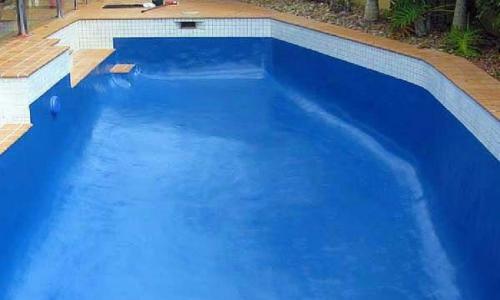What Pool Resurfacing Methods Are Used In Different Types Of Pools?

Renewing
the looks of a pool becomes a necessity after using it for some years. This
regular usage, accompanied by the lack of proper maintenance and timely repair
work, wears the surface down, forcing the property owner to get services like
pool resurfacing and pool restorations in Perth. The most important of these
processes is pool resurfacing that involves renewing the pool surface.
Damaged
surfaces, if not managed and treated on time can lead to further damages like
leakages, cracks, discoloration, etc. On the other hand, pool restoration and,
specifically, resurfacing can give the pool a new lease of life and improve its
appearance, safety, and longevity. This post guides you on the pool resurfacing
methods used on different types of pools, but let us quickly review the
benefits of pool resurfacing.
What
are the Benefits of Pool Resurfacing?
Improved
Appearance
Timely
pool resurfacing gives your swimming pool a new and fresh look and enhances its
overall aesthetic appearance. Pool renovations experts allow you to choose from
different colours, patterns, and textures based on the customisations you want
to witness in your pool.
Increased
Safety
With
timely pool restorations, you also improve pool safety and make it safer for
your kids. As a part of this process, pool renovations experts repair cracks
and leaks and diagnose any other issue on the surface. As a result, you
experience a smooth, slip-resistant surface that is completely safe for your
family.
Enhanced
Functionality
Pool
restoration and resurfacing also enhance your swimming pool's functionality and
improve its water flow and quality. You also experience reduced water loss and
energy efficiency with these simple steps.
Increased
Longevity
Finally,
with timely pool restorations and resurfacing, you experience increased
longevity of your swimming pool. The pool repair work carried out during this
project protects the surface from any damage, and it also prevents the need for
costly repairs.
Pool
Resurfacing For Concrete Swimming Pools
Concrete
pool is also called shotcrete pool, and as a part of pool resurfacing, a
mixture of concrete and sand is spread on the structure and then shaped and
smoothed by hand. The best part of concrete pool restorations in Perth is that
you can choose custom designs and get the shape and size of your choice. You
can also include features such as waterfalls, slides, steps, etc.
Fibreglass
Pools
This
swimming pool is made from a single piece of fibreglass shell in a factory and
transported for installation. Fibreglass is a smooth, non-porous surface, and
during pool restorations in Perth, you can get the shape and size of your
choice. This material is known for its durability and longevity, apart from
resistance against cracks, fading, etc. The top USP of this material is that it
requires less maintenance than other materials used in swimming pools.
What
Signs Tell That You Need Pool Resurfacing?
Regardless
of what material your pool is made up of, it will show some signs of damage,
wear and tear, etc. These signs will reveal that it's time to get pool
resurfacing and services like pool restorations in Perth. Here is a quick list
of the signs to watch out for.
- Structural Cracks
- Colour Distortion
- Blister Contamination
- Flaking Plaster
- Surface Stains
- Rust Stains
- Rough Surface
What
Process Is Involved In Pool Resurfacing?
Different
materials require different pool resurfacing solutions, and we have covered the
top two materials here.
Concrete
Pool Resurfacing
The
process begins with removing old plaster from the concrete pool using a grinder
or a sandblaster. Dustless blasting equipment is the latest technology that
ensures that old surfaces are removed quickly without any pollution or dust.
Once the existing surface is removed, the experts inspect the area for damages
and carry out the necessary repair work. Then, the surface is treated with a
layer of bond coat to ensure that the new plaster adheres appropriately to the
pool. The last step involves applying new plaster using a trowel or a
plastering tool.
Fibreglass
Pool Resurfacing
Fibreglass pool resurfacing mainly involves removing the old gel coat and opening up blisters before adding a new layer. Blisters reveal that the pool surface has reached its expiration date, and once this is recognised, the pool renovations experts drain the pool and sand the surface or blast it to remove any old gel coat. Then, the surface is prepared, and a new gel coat is applied using a spray gun or a roller to provide a smooth and durable finish.



Comments